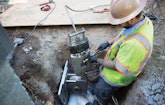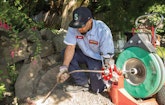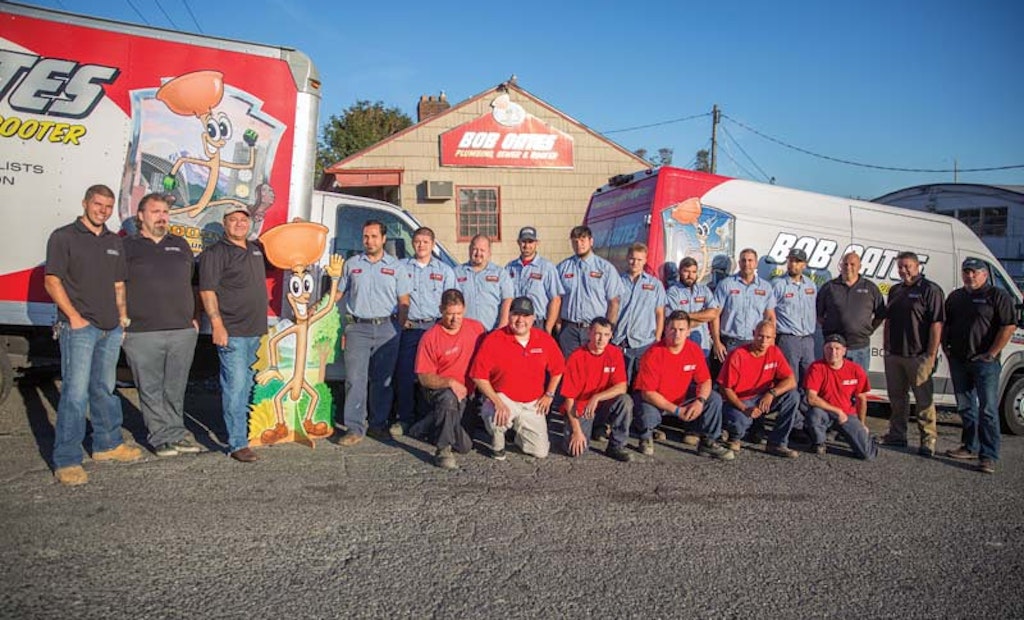Bob Oates can divide his four decades in drain cleaning into two distinct chapters. One covers his days as a competent but somewhat narrow-minded contractor with an outdated business model. The second chronicles his emergence as a businessman with clearly defined goals for...
Business Education
Seattle drain cleaner refines his approach and builds a new company with better customer service and higher profitability.
Popular Stories
Discussion
Comments on this site are submitted by users and are not endorsed by nor do they reflect the views or opinions of COLE Publishing, Inc. Comments are moderated before being posted.












